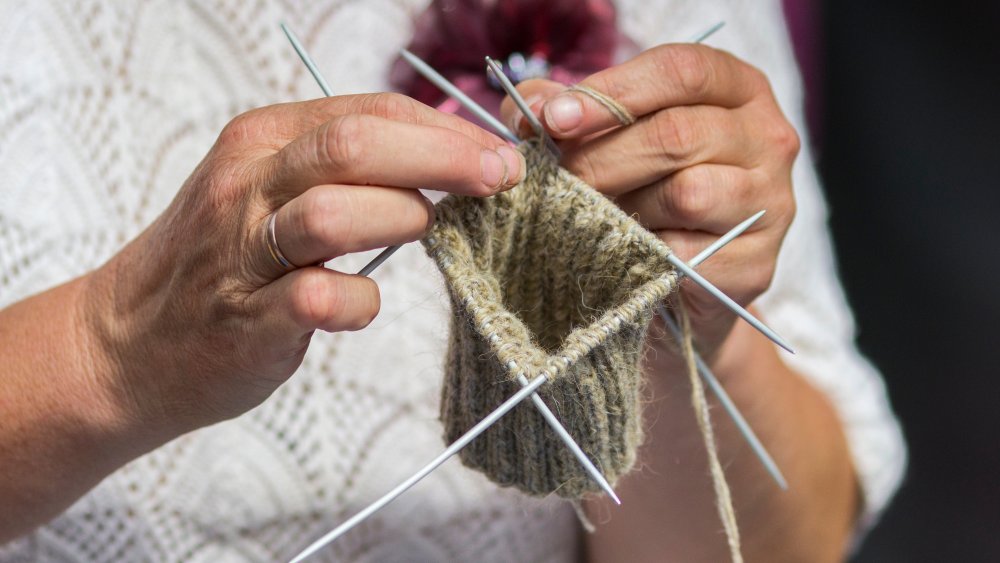Scientists Grow 'Yarn' From Human Skin For Stitches
Some things, like kale and proctology, are objectively good for you but still pretty awful. According to Science Alert, such is the case with the weird scientific discovery made by the good researchers at the French National Institute of Health and Medical Research in Bordeaux, who recently published a paper revealing that they have discovered the technology to knit things out of human skin. Wait, that came out wrong. This is not a case where a group of scientists went full Texas Chain Saw Massacre. They've just ... uh, learned to manufacture a new type of "yarn" from human skin cells.
This strange invention could enable medical professionals to close wounds with a material that "doesn't trigger an immune response," as well as potentially use the invention to easily manufacture skin grafts. Of course, there's a chance they could also knit you the world's most horrifying sweater, should they (or you, for some reason) so desire. After all, they have already experimented on all sorts of methods to use the material. "We can sew pouches, create tubes, valves and perforated membranes," says project leader Nicholas L'Heureux. "With the yarn, any textile approach is feasible: knitting, braiding, weaving, even crocheting." Yes, there are people who make their living crocheting tasteful loops out of bits of designer human skin. Let no one ever say that science can't be awesome and immeasurably creepy at the same time.
Spinning a mighty yarn
The learning curve to a creepy discovery was ... well, creepy, predictably enough. To create the yarn, L'Heureux's team "cut sheets of human skin cells into long strips," then "wove" them into the finished product. They've already tested it on a wounded rat, and the stitches made with the yarn helped the animal heal fully in two weeks. They've also performed a skin graft on a sheep. It all seems fairly promising, and could seriously be a huge breakthrough in biocompatible medical materials ... at least, once everyone's able to get over the fact that they're calling their invention "human textile."

